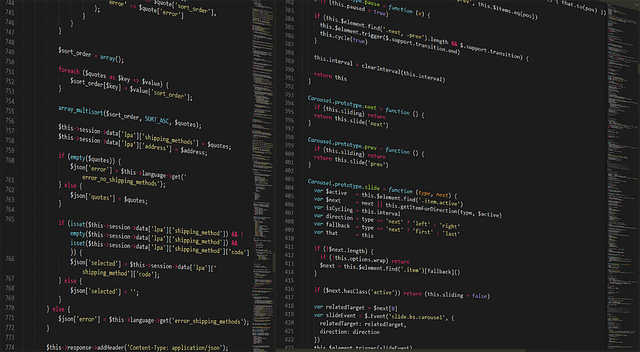
Getting Started with EMNIST in PyTorch
Welcome to the world of machine learning! If you've ever wanted to teach a computer how to recognize handwritten letters like a pro, then EMNIST (Extended MNIST) in PyTorch is your new best friend. This dataset is like the cool cousin of the original MNIST, except instead of just digits, it brings letters into the mix. Who knew letters could be so exciting? 🎉
What is EMNIST?
EMNIST is essentially a treasure trove of handwritten letters that expands on the popular MNIST dataset. It contains over 800,000 characters, which means your neural network will be busy for a while! If you ever thought your handwriting was bad, just wait until you see some of these samples. But fear not! The goal here is to teach our models to recognize these characters, not to judge handwriting styles.
Setting Up Your PyTorch Environment
Before diving into the dataset, let's make sure your PyTorch environment is ready for action. Here’s what you need:
- Python: Ensure you have Python installed. If you don't, well, now's a great time to join the 21st century!
- PyTorch: Install PyTorch if you haven't already. You can find installation instructions on their official website. Just remember, no one likes a slow download!
- EMNIST Dataset: You’ll need to download the EMNIST dataset. Don’t worry; it’s not as scary as it sounds. Just a few clicks and you’re good to go.
Loading the EMNIST Dataset
Now that your environment is set, let’s load the EMNIST dataset into PyTorch. Here’s a simple way to do it:
First, make sure to import the necessary libraries:
import torchvision
import torchvision.transforms as transforms
Next, you’ll want to define the root directory where your dataset is stored. This is like giving your computer a treasure map to find the hidden gold (or letters, in this case).
root_dir = "./path/to/your/emnist"
Now, let’s load the training set:
trainset = torchvision.datasets.EMNIST(root=root_dir, split="letters", train=True, download=True, transform=transforms.ToTensor())
And just like that, you’ve got a dataset ready to go! Now you can start training your model to recognize letters. Remember, practice makes perfect!
Why Use EMNIST?
EMNIST is a fantastic resource for anyone looking to dip their toes into the world of machine learning. It’s a good stepping stone before tackling more complex datasets. Plus, it’s always fun to see how well your model can mimic human handwriting. Spoiler alert: it may not win any calligraphy awards!
Conclusion
So there you have it! EMNIST in PyTorch is not just a dataset; it’s an adventure waiting to happen. With a little bit of code and a sprinkle of patience, you’ll be on your way to creating models that can recognize letters like a champ. Now grab your keyboard and get coding! And remember, even if it feels overwhelming, every expert was once a beginner. Happy coding! 🚀

















 GMRS Radios: Your Guide to Clear Communication
GMRS Radios: Your Guide to Clear Communication 
 Health
Health  Fitness
Fitness  Lifestyle
Lifestyle  Tech
Tech  Travel
Travel  Food
Food  Education
Education  Parenting
Parenting  Career & Work
Career & Work  Hobbies
Hobbies  Wellness
Wellness  Beauty
Beauty  Cars
Cars  Art
Art  Science
Science  Culture
Culture  Books
Books  Music
Music  Movies
Movies  Gaming
Gaming  Sports
Sports  Nature
Nature  Home & Garden
Home & Garden  Business & Finance
Business & Finance  Relationships
Relationships  Pets
Pets  Shopping
Shopping  Mindset & Inspiration
Mindset & Inspiration  Environment
Environment  Gadgets
Gadgets  Politics
Politics 